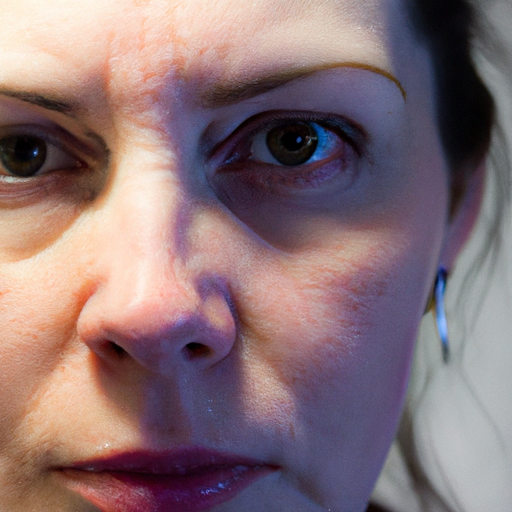As a dermatologist, I often encounter patients who are confused about the difference between skin hydration and moisturization. They often use these terms interchangeably, but they are not synonymous. Understanding the difference is crucial to achieving healthy, glowing skin. So, let’s decode your skin’s thirst and understand the need for both moisture and hydration.
Firstly, it’s essential to understand that our skin is the largest organ of our body and acts as a protective barrier against environmental aggressors. It also regulates body temperature and plays a significant role in sensation. To perform these functions effectively, our skin needs to be well-hydrated and moisturized.
Hydration refers to the water content within the cells that keeps them plump and bouncy, giving our skin a radiant and youthful appearance. Dehydrated skin can appear dull, feel tight, show fine lines, and even become inflamed or sensitive. Factors such as diet, lifestyle, and even weather can affect the hydration levels of your skin.
On the other hand, moisture is associated with oil content in the skin. It forms a protective layer on the skin’s surface to prevent water loss and keep the skin soft and smooth. Lack of moisture can lead to dry, flaky, and itchy skin.
Now that we’ve distinguished between hydration and moisture let’s discuss how to quench your skin’s thirst effectively.
Drinking plenty of water is the most straightforward way to hydrate your skin. Aim for at least eight glasses a day. Incorporating water-rich foods like cucumbers, watermelon, and oranges into your diet can also contribute to maintaining your skin’s hydration levels.
However, hydrating your skin doesn’t stop at drinking water. Using skincare products with hydrating ingredients like hyaluronic acid, glycerin, and aloe vera can help draw water into the skin cells. These ingredients are found in serums and creams that are applied directly to the skin.
Moisturizing, on the other hand, involves using products that create a barrier on the skin surface to lock in hydration and prevent water loss. Look for ingredients like ceramides, lanolin, and mineral oils in your moisturizers. These ingredients not only seal in the water but also replenish the skin’s natural oils.
It’s important to note that all skin types, including oily skin, need both hydration and moisture. People with oily skin often skip moisturizer, thinking it will make their skin oilier. However, when the skin is dehydrated, it can overcompensate by producing more oil, leading to a greasy look and clogged pores. Therefore, even if you have oily skin, you should not skip the moisturizer; instead, opt for a lightweight, non-comedogenic product that won’t clog your pores.
In conclusion, understanding your skin’s thirst is key to maintaining its health and glow. Remember, hydrated skin is happy skin. So, drink plenty of water, eat a balanced diet, and choose skincare products that both hydrate and moisturize.
As a dermatologist, I can assure you that once you understand and cater to your skin’s needs for both hydration and moisture, you will see a noticeable improvement in your skin’s texture and appearance. After all, our skin is a reflection of our overall health, so let’s pledge to keep it well-nourished and hydrated.



